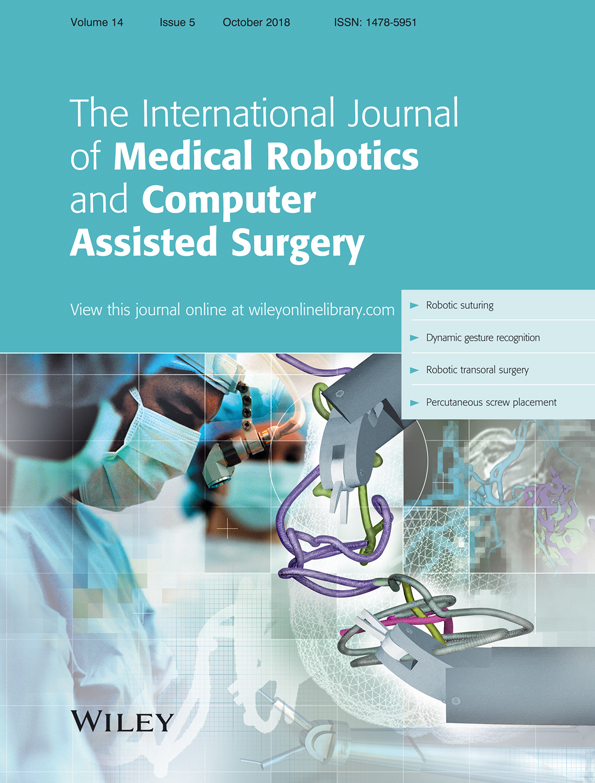Virtual guidance versus virtual implant planning system in the treatment of distal radius fractures
Abstract
Background
A virtual guidance framework is used to assist the conventional method of virtual implant planning system (VIPS). The study null hypothesis was that its screw placement accuracy is equal to that of conventional VIPS.
Methods
In 34 distal radius sawbone models, 3D implant planning was performed. A camera attached to the surgical drill was used to support screw positioning. Differences of angles/tip distances between planned and placed screws were identified in intraoperative cone beam Computer tomography (CT) and compared with already existing data from 22 patients treated by conventional VIPS.
Results
The virtual guidance group showed tip distances of 1.02 ± 0.56 mm, azimuth of 3.69° ± 4.34°, and inclination of 1.75° ± 1.37°, whereas the VIPS group showed tip distances of 2.23 ± 0.99 mm (P < 0.001), azimuth of 23.17° ± 33.50° (P < 0.001), and inclination angle of 4.18° ± 6.29° (P = 0.001).
Conclusions
The results reveal that using a guidance framework leads to a higher accuracy in screw placement compared with the conventional VIPS itself.




